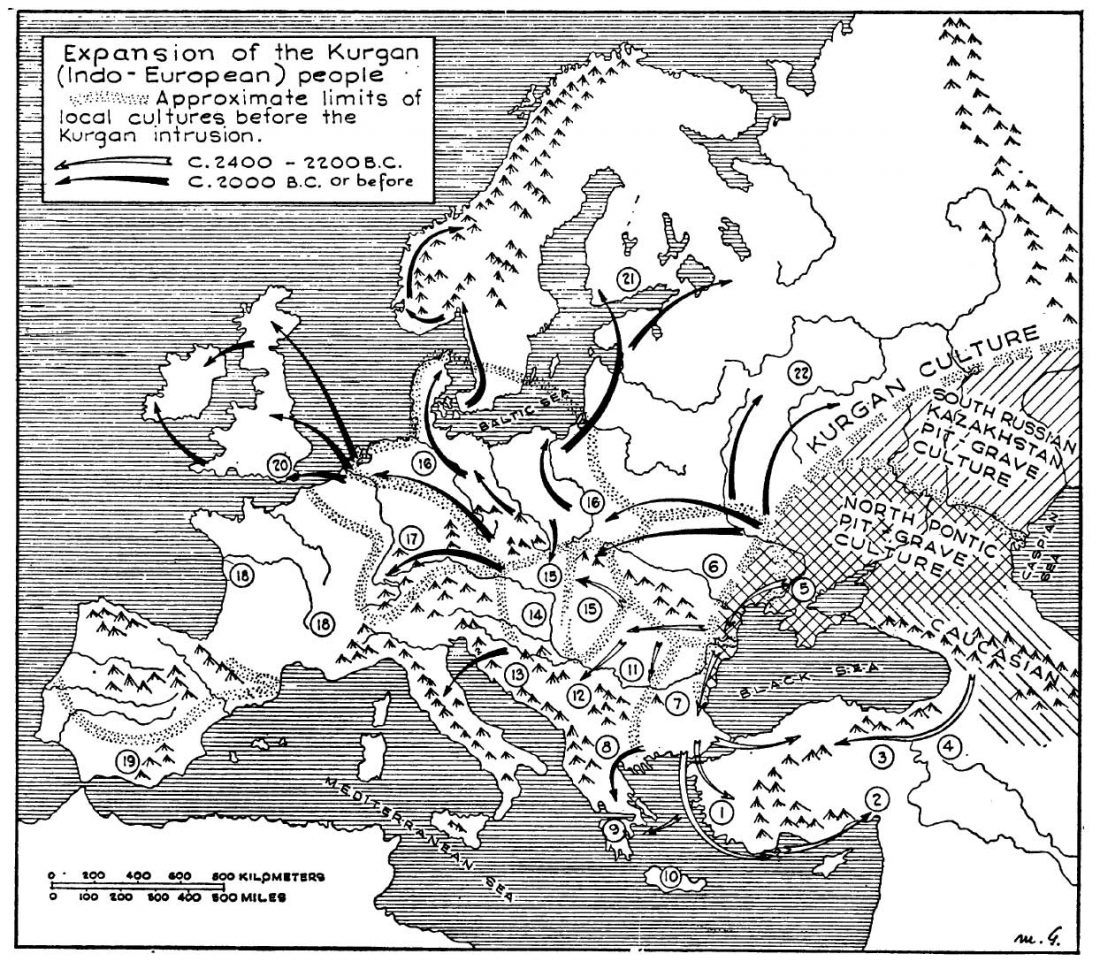Interesting press release from the Institute of Archaeology at Adam Mickiewicz University in Poznań:
In an open access report last year, Anthropological Description of Skeletal Material from the Dniester Barrow-cemetery Complex, Yampil Region, Vinnitsa Oblast (Ukraine), the team lead by Liudmyla Litvinova – of the Ukrainian Academy of Science – published their findings from the skeletons in different burial mounds along the border with Moldavia, ranging from Eneolithic to Iron Age burials.
In one Yamnaya burial rested a young woman aged 25-30. It was so described in the original paper:
… Read the rest “Yamna female shows decoration of bones after body decomposition”Barrow 3A, feature 10. A very poorly-preserved skeleton

